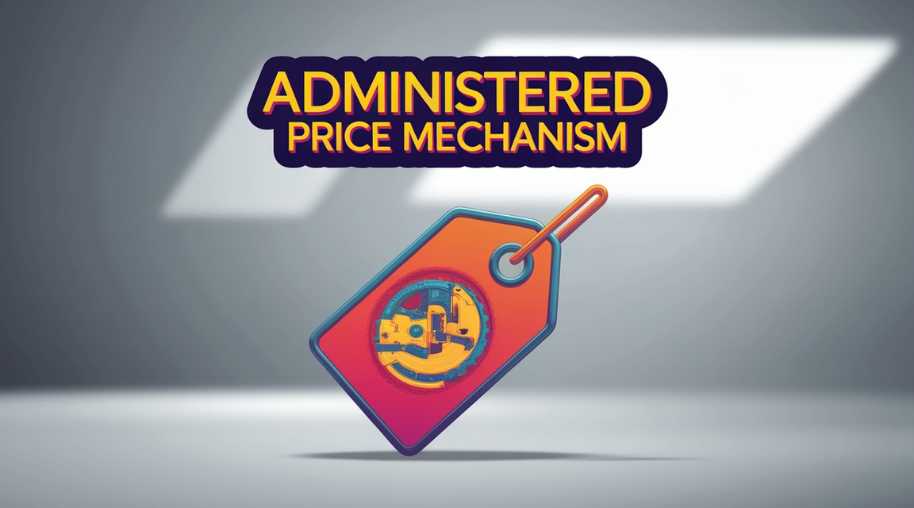PBS Full Form-Projected Balance Sheet
by Shashi Gaherwar
0 2142
Projected Balance Sheet: Importance, Preparation, and Key Components Explained
A Projected Balance Sheet, or pro forma balance sheet, estimates a company’s future assets, liabilities, and equity, aiding in financial planning, securing funding, and assessing growth potential.

This article explores the importance, preparation, components, and benefits of a projected balance sheet in business forecasting.
What is a Projected Balance Sheet?
A Projected Balance Sheet forecasts a company’s financial position at a future date, detailing expected assets, liabilities, and equity. Used alongside projected income and cash flow statements, it evaluates financial stability and creditworthiness.
Importance of a Projected Balance Sheet
Key benefits include:
- Business Planning: Sets financial goals for strategic growth.
- Funding: Attracts investors by showcasing stability.
- Risk Assessment: Identifies and mitigates financial risks.
- Decision Making: Guides informed business strategies.
- Budgeting: Enhances resource allocation and cash flow management.
- Benchmarking: Compares performance with industry standards.
Key Components of a Projected Balance Sheet
The balance sheet comprises three main sections:
- Assets:
- Current Assets: Cash, receivables, inventory, and prepaid expenses, convertible within a year.
- Non-Current Assets: Property, intangible assets, and long-term investments.
- Liabilities:
- Current Liabilities: Payables, short-term loans, and taxes due within a year.
- Non-Current Liabilities: Long-term loans, bonds, and deferred taxes.
- Equity: Owner’s or shareholder’s equity, retained earnings, and additional capital.
How to Prepare a Projected Balance Sheet?
Steps to create a projected balance sheet:
- Forecast Revenue/Expenses: Project sales and costs using historical data and market trends.
- Estimate Assets: Forecast cash, inventory, and fixed assets based on expansion plans.
- Calculate Liabilities: Estimate debt repayments, payables, and tax obligations.
- Project Equity: Update retained earnings and investments.
- Balance Equation: Ensure Assets = Liabilities + Equity for accuracy.
Challenges in Preparing a Projected Balance Sheet
Common challenges include:
- Uncertain Markets: Economic fluctuations impact projections.
- Inaccurate Estimates: Over/underestimating revenue affects decisions.
- Unexpected Costs: Unforeseen expenses disrupt forecasts.
- Limited Data: Startups lack historical data for forecasting.
- Regulatory Changes: New tax laws alter projections.
Best Practices for Accurate Financial Projections
Effective practices include:
- Reliable Data: Use historical statements and industry benchmarks.
- Realistic Assumptions: Avoid overly optimistic forecasts.
- Regular Updates: Adjust projections for market changes.
- Financial Software: Use tools like QuickBooks or Excel.
- Expert Advice: Consult accountants for validation.
Conclusion
A Projected Balance Sheet is a vital tool for forecasting financial health, guiding business planning, and securing funding. By accurately projecting assets, liabilities, and equity with reliable data and best practices, businesses can achieve sustainable growth and financial stability.
Further Learning Resources
If you’re passionate about building a successful blogging website, check out this helpful guide at Coding Tag – How to Start a Successful Blog. It offers practical steps and expert tips to kickstart your blogging journey!
For dedicated UPSC exam preparation, we highly recommend visiting www.iasmania.com. It offers well-structured resources, current affairs, and subject-wise notes tailored specifically for aspirants. Start your journey today!

Share:








Comments
Waiting for your comments